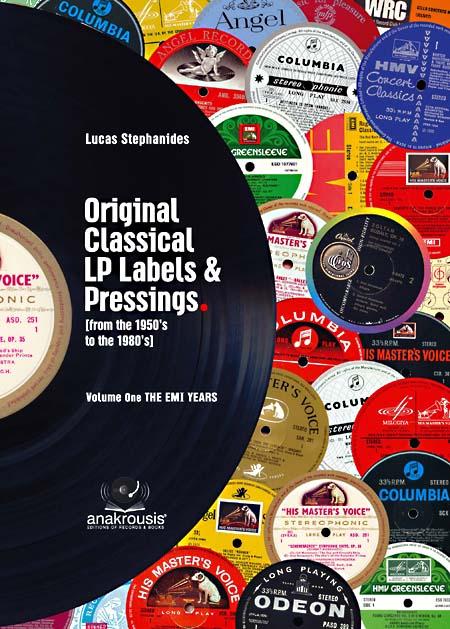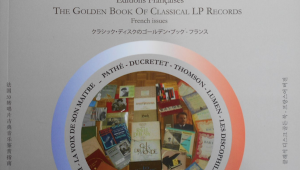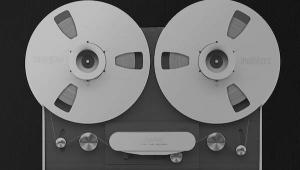"Original Classical LP Labels & Pressings [From the 1950's to the 1980's] Volume One THE EMI YEARS" By Lucas Stephanidis

Lucas Stephanidis' "Original Classical LP Labels & Pressings {from the 1950's to the 1980's}, Volume One THE EMI YEARS]" is a serious attempt using label and cover art variations as well as matrix code “dead wax” information to trace a key part of the history of EMI Records with particular attention paid to how the label’s sonics evolved and/or devolved from the 1950’s through the 1980’s.
Based on his listening experience, Mr. Stephanadis has concluded as have many others that the 'golden age' of recording and vinyl playback occurred during a magical 26 or so year period between the dawn of stereo recording and the switch from vacuum tubes to solid state.
And he’s not too keen about CD sonics. In an opening example of what the book covers, he shows the label art of five editions of the same release: Yehudi Menuhin performing Bach’s Double Concerto in D Minor with Christian Ferras, on violin, and Bach’s Concertos in A Minor and E Major, with Menuhin conducting The Robert Masters Chamber Orchestra (HMV ASD 346).
“So which of the five would you choose?” he asks. Whichever you do choose (and when you’ve finished reading he book you’re likely to make the correct choice), he is certain that “….each of these five records would give you much more satisfaction than the same recording on CD.”
So, we and Mr. Stephanidis are clearly on the same page! The 350 plus page soft-cover book is amply filled with well-reproduced label and jacket art, as the author walks you through the history of the EMI label and its many divisions, including HMV, EMI, Classics for Pleasure, Columbia and others. He also pays close attention to label art as it changes through the years, the cover construction and cover art variations as well as of course, the “dead wax” matrix information.
Mr. Stephanidis does a very good job of explaining what all of this means so you can know the lacquer, mother and stamper number of the records you are considering for purchase.
However, I caught one major error in his description of the EMI stamper code. The code is based on the ten letters G R A M O P H L T D, with “G” representing “1”, “R” “2”, etc. and “D” being “0”. Thus “GD” for example would be stamper #10. “PG” would be “61” and “GG” would be “11.”
For some reason the author thinks the code is G R A M O P H N L T D, which is eleven letters. This is by design a ten digit system, so that through those ten letters one can easly produce numbers from 1 to many hundreds. If “D” is “11” as the author posits, then “GG” he surmises would be 12 and “GR” would be 13. But that defeats the purpose of the code. In fact “GG” is 11 and “GR” is 12. Has anyone ever seen an “N” on any record in the “3 o’clock” stamper code position? I have not.
In any case, while that is a serious mistake, I defer to Mr. Stephanides’ considerable experience both listening to and observing the label and artwork changes through the years. The writing is dry and scholarly but if you are serious about amassing a collection of great classical recordings from one of the great 20th century labels, this book offers well-observed guidance.
The book can be ordered from the author's website


















































